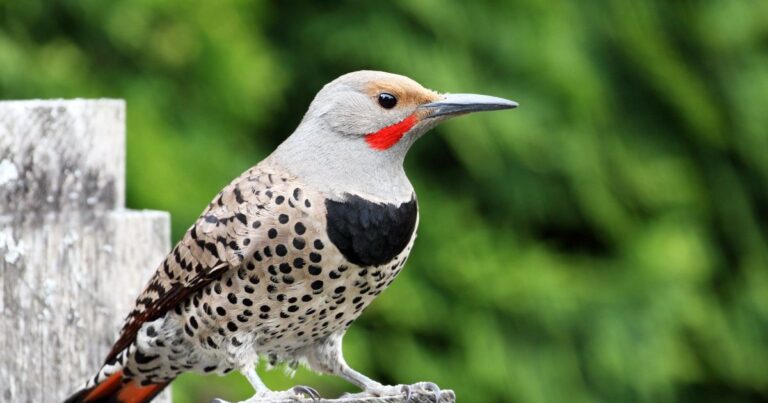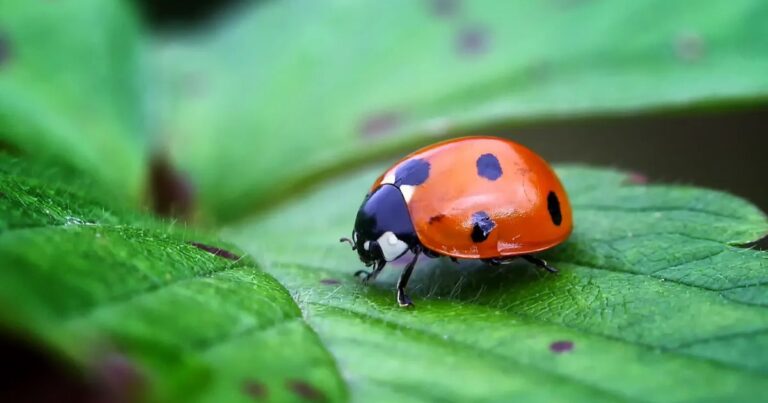Are birds mammals? Here are the distinct features that classify the feathered animals.
It might surprise you to learn that despite having feathers and laying eggs, birds are not mammals. Understanding why birds are classified separately is essential for anyone interested in biology or zoology.
This article will guide you through the defining characteristics that distinguish birds from mammals, such as their lightweight skeletal structures and specialized respiratory systems. Are birds mammals? is a frequently asked question. By the end, you’ll have a deeper appreciation for the complexities of animal classification and the remarkable adaptations of birds.
Difference between mammals and avians
Mammals and avians, while both being warm blooded vertebrates, exhibit fascinating distinctions that reflect their unique evolutionary paths. One of the most striking differences lies in their methods of reproduction and care for offspring. Mammals typically give birth to live young, with exceptions like the monotremes, which lay eggs.
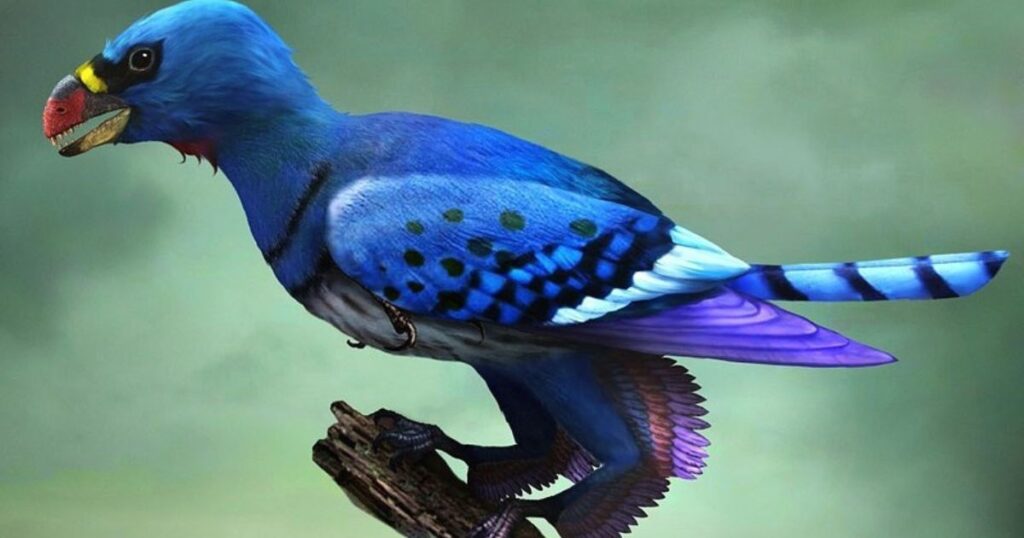
Avians universally lay eggs, providing a nurturing environment through incubation and often intricate nesting behaviors. This divergence in reproductive strategy highlights the varying adaptations these groups have developed to ensure the survival of their young.
Another compelling difference is in their anatomical adaptations for movement. Mammals generally possess limbs that are adapted for walking, climbing, swimming, or burrowing, depending on the species. Avians are characterized by their wings feathers intricately designed for flight, though not all birds are capable of flying.
This distinction is not just about physical capability but also about ecological niches and survival strategies. While mammals might rely on speed or stealth on land, many birds capitalize on the advantages of aerial navigation, such as evading predators or covering large distances in search of food.
The sensory adaptations in these groups reveal much about their interaction with the environment. Mammals often have a highly developed sense of smell and hearing, aiding in communication and environmental awareness.
Avians frequently possess acute vision, critical for spotting prey from great heights or navigating during migration. These sensory differences underscore the varied ways mammals and avians experience and interact with the world around them, offering a glimpse into their distinct evolutionary narratives and the diverse strategies life employs to thrive on our planet.
Are birds mammals?
Despite their shared status as warm blooded vertebrates, birds and mammals diverge significantly in their biological classifications. Birds belong to the class Aves, while mammals are classified under Mammalia. One of the primary distinguishing features is that birds lay eggs, whereas most mammals give birth to live young.
Birds possess feathers a unique characteristic not found in any mammalian species. These feathers serve not only for flight but also for insulation and display, showcasing the diverse evolutionary paths these two groups have taken.
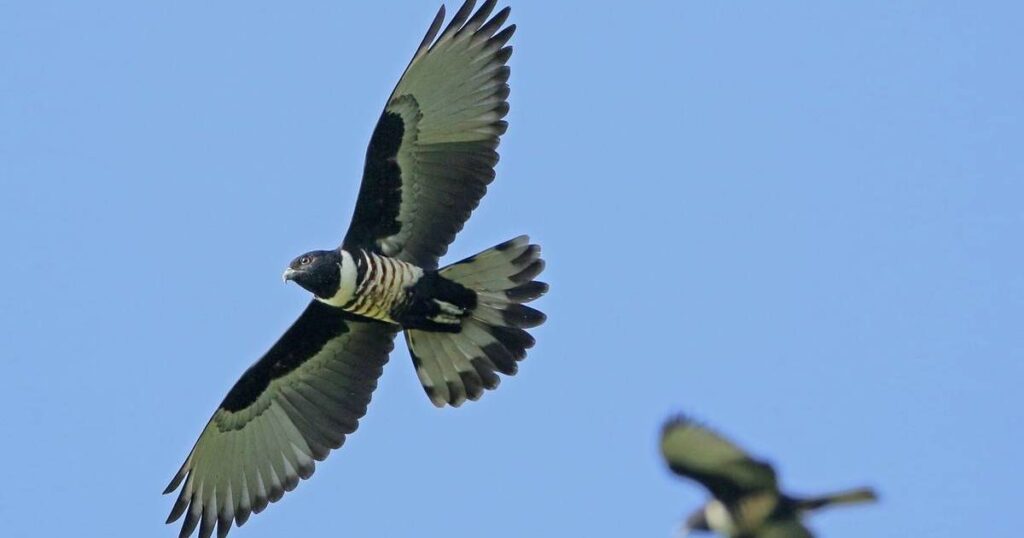
Both birds and mammals exhibit high levels of parental care, a trait not as commonly observed in other animal classes. This shared behavior has prompted discussions about convergent evolution, where unrelated species develop similar traits independently. The differences remain stark when we consider physiological aspects like respiratory systems.
Birds possess a highly efficient system of air sacs that facilitate continuous airflow through the lungs, enabling them to sustain the energy demands of flight. In contrast, mammals rely on diaphragm driven lung expansion and contraction, highlighting another key divergence in their evolutionary adaptations.
Birds and mammals share some similarities, they are fundamentally distinct in their anatomy, reproduction, and evolutionary history. The unique features of each class not only enrich our understanding of biodiversity but also highlight the intricate tapestry of life that has evolved over millions of years.
What are avians?
Avians, or birds, represent one of the most fascinating classes of animals on our planet, with their unique adaptations and diverse species. These feathered creatures inhabit every continent, showcasing a remarkable range of sizes, colors, and behaviors.
From the tiny hummingbird, capable of beating its wings up to 80 times per second, to the majestic albatross, which can glide across oceans for hours without flapping its wings, avians have evolved to master the skies in ways that continue to captivate scientists and bird enthusiasts alike.
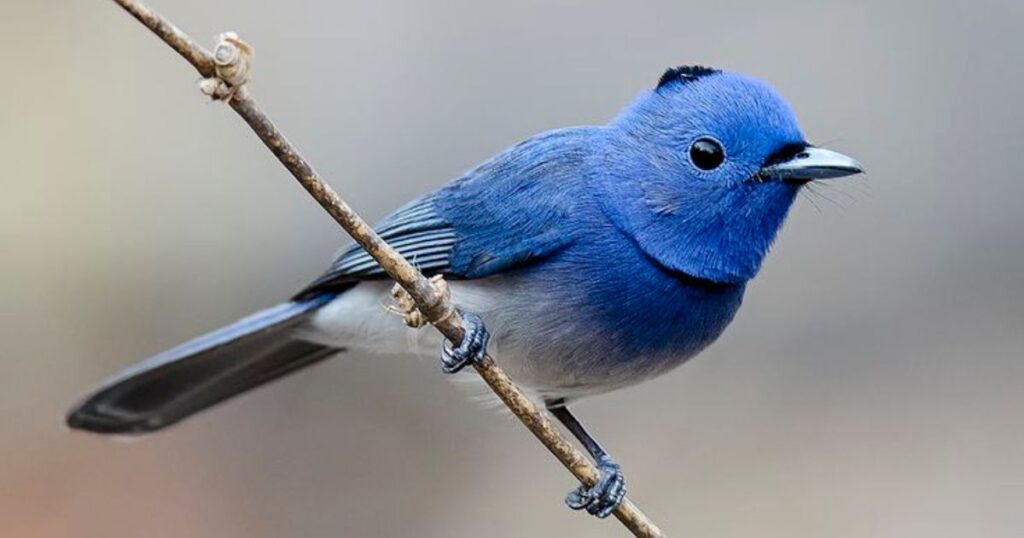
One intriguing aspect of avian life is their migration patterns. Some species travel thousands of miles annually, guided by an innate sense of direction that puzzles researchers. This migratory behavior not only highlights their incredible endurance but also their role in ecosystems as pollinators and seed dispersers across vast distances.
Recent studies suggest that birds are more intelligent than previously thought, with certain species exhibiting problem-solving skills and complex social interactions that rival those of some mammals.
In addition to their ecological significance, avians hold cultural importance across human societies. Birds have inspired art, mythology, and symbolism throughout history, often representing freedom, transformation, or the divine.
Examples of other avians
The avian world is a tapestry of remarkable diversity, showcasing a wide array of adaptations and behaviors across different species. One fascinating example is the lyrebird, native to Australia, renowned for its extraordinary ability to mimic natural and artificial sounds with astonishing accuracy.
These birds have been known to replicate chainsaws, camera shutters, and even car alarms, weaving these sounds seamlessly into their own calls. This mimicry not only serves as a means of communication but also highlights the lyrebird’s impressive cognitive abilities, offering a glimpse into the complex lives of birds.
Another captivating avian species is the Arctic tern, celebrated for its long-distance migration. This small bird embarks on an epic journey from its breeding grounds in the Arctic to the Antarctic and back each year, covering approximately 44,000 miles.
This incredible feat of endurance makes it one of the longest migrations in the animal kingdom, showcasing the bird’s navigational prowess and resilience. The Arctic tern’s journey across hemispheres is not just a testament to its survival instincts but also serves as a reminder of the interconnectedness of global ecosystems.
In contrast to these extraordinary feats, consider the social weaver birds of Africa, known for their communal nesting structures that resemble bustling apartment complexes. These intricate nests, often built on acacia trees, house hundreds of birds and can weigh up to a ton.
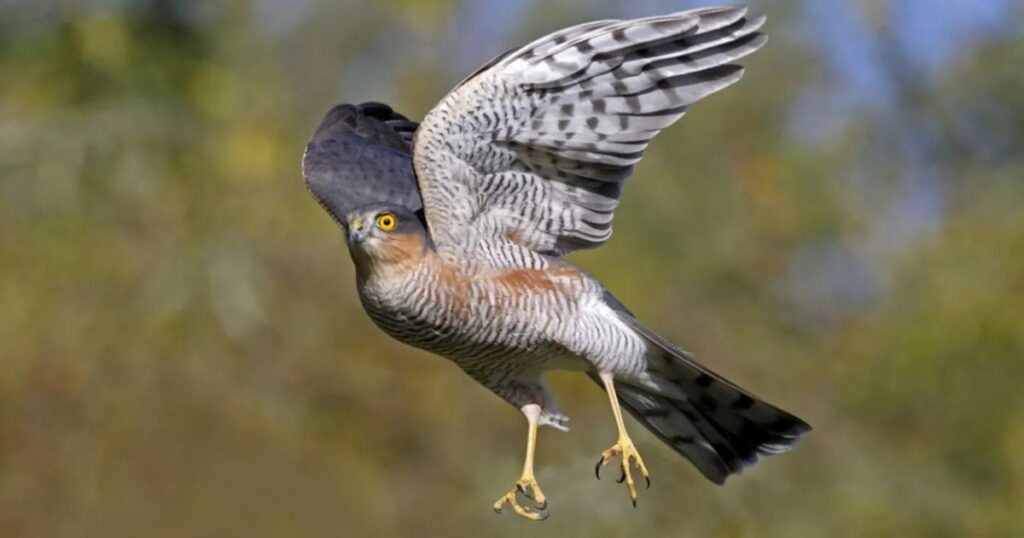
The collective effort required to construct and maintain these nests highlights the importance of cooperation and social bonds in avian communities. Such examples of avian ingenuity and adaptability underscore the rich tapestry of life that birds contribute to our planet, inspiring both wonder and respect for their place in the natural world.
Read More: “What Is A Group Of Vultures Called?“
Final Thoughts
Birds are not mammals. While both are warm blooded vertebrates, birds differ significantly from mammals in key ways they lay eggs, have feathers instead of fur, and possess unique respiratory and skeletal systems suited for flight. Understanding these differences helps clarify why birds belong to their own distinct class: Aves.
FAQ’S
Is a bird a mammal?
No, a bird is not a mammal. Birds belong to the class Aves and are characterized by feathers, beaks, and egg-laying.
What are birds classified?
Birds are classified as members of the class Aves. This class includes all feathered, winged, egg-laying, warm-blooded vertebrates.





